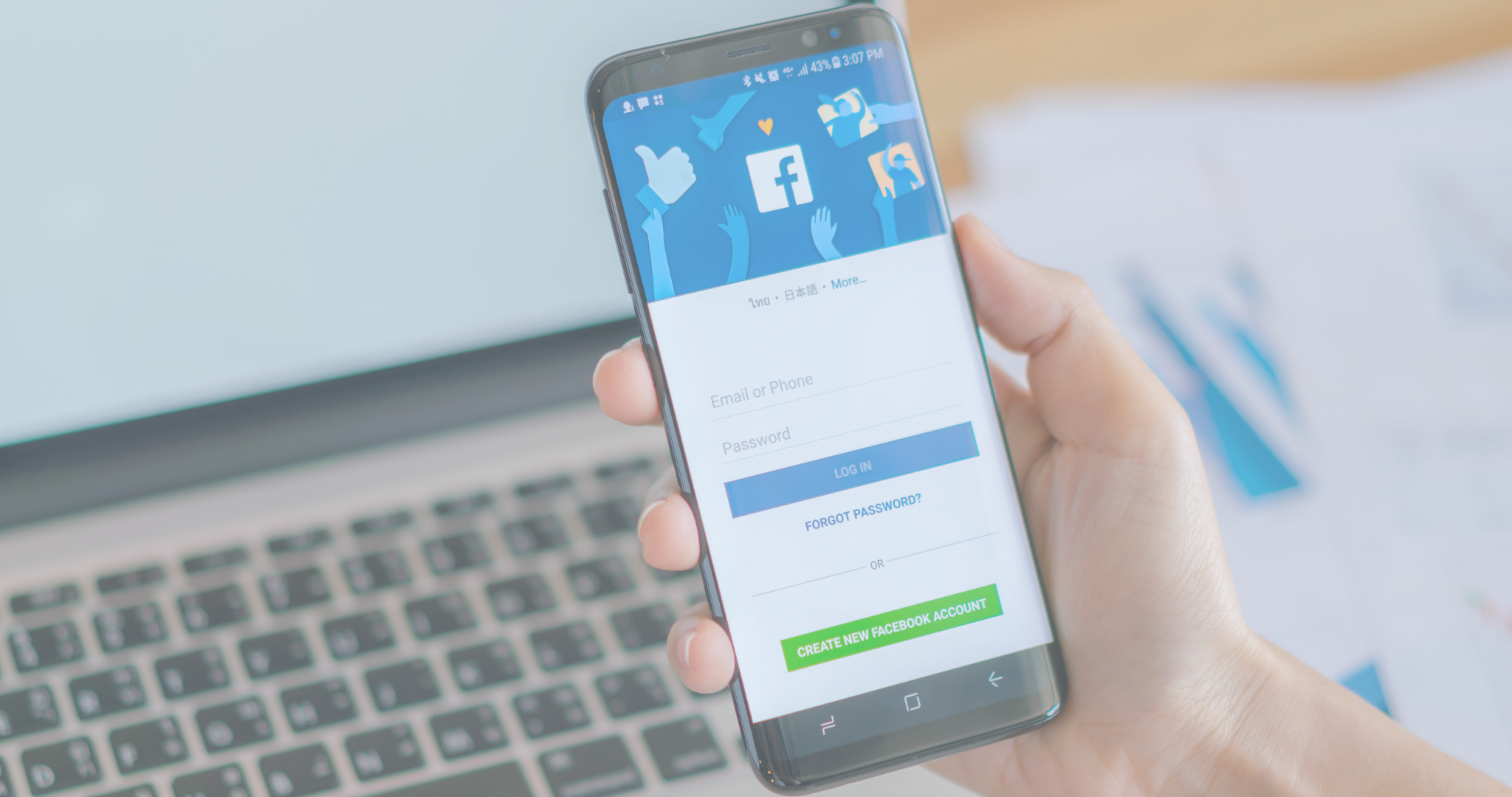Facebook Advertising: Targeting Features and Ad Formats
Facebook remains one of the most effective platforms for attracting new customers, building loyalty, and boosting brand recognition. With flexible targeting options, you can display ads to people who are truly interested in your products or services. Below, we’ll explore the key features of Facebook advertising, ad formats, and recommendations on how to segment your audience correctly.
1. Key Targeting Features on Facebook
Demographic Data
Age, gender, location: the basics. If you sell teenage products, avoid spending budget on an older audience, and vice versa.
Include or exclude specific areas for local businesses.
Interests and Behavioral Factors
Facebook collects data on users’ likes (pages, shared content).
Choose relevant interests (e.g., “fashion,” “fitness”) and set behavioral parameters (recent travelers, specific lifestyles, etc.).
Online Behavior
Retargeting shows ads to people who have interacted with your site or social pages (e.g., visited your site or added products to the cart).
Use Facebook Pixel to collect visitor data and create “lookalike” audiences of similar customers.
Custom Audiences
Upload a base of existing customers’ emails or phone numbers to show ads exclusively to them or people like them.
Great for re-engaging “warm” audiences (people who already know your brand).
2. Proper Audience Segmentation
Microsegmentation
Break down your audience by multiple factors: age, gender, interests, behavior.
Create separate ads for each segment with a relevant message.
Geosegmentation
For local businesses, use precise geo-targeting (city, radius around a location).
Consider regional nuances (language, culture, etc.).
Sales Funnel Stage
- Cold Audience: People who’ve never heard of your brand. Provide intriguing offers or valuable content to spark interest.
- Warm Audience: Users who’ve interacted with your site or social media. Consider product-specific ads or discounts.
- Hot Audience: Customers ready to buy or who have purchased before. Upsell, cross-sell, or VIP offers work well.
3. Popular Facebook Ad Formats
Single Image Ad
The simplest format with a compelling visual and brief text.
Effective for advertising a single product or specific offer.
Carousel Ad
Allows multiple images/links in one ad.
Ideal for showcasing a product range or highlighting different benefits of your offer.
Video Ads
Great for storytelling, product demos, or customer testimonials.
Hook viewers in the first 2–3 seconds to keep them watching.
Lead Ads
Collect leads directly on Facebook, no need to redirect to your site.
Ideal if you want to capture user contact information (phone, email) quickly.
4. Tips for Effective Advertising
Clear Call to Action (CTA)
Use a clear prompt in your text or button: “Buy Now,” “Request a Quote,” “Learn More.”
Ad Creatives Testing
Run multiple ad variations (different images, headlines) to see which performs best.
A/B testing saves budget and finds the most effective combination.
Frequency Control
If users see the same ad too often, they may get annoyed, lowering CTR.
Set frequency caps in Facebook Ads Manager to avoid audience fatigue.
Results Analysis
Track metrics (CPC, CTR, CPA, ROI), optimize campaigns in real time.
Compare performance across audience segments to allocate budget effectively.
5. Approximate Budget and Planning
- Minimal Budget: As little as $5–10 per day to test small campaigns.
- Medium to Large Budget: $50–100+ per day to experiment with multiple segments and formats.
- Always reserve some funds for trying out different creatives and audiences.
Conclusion:
Facebook advertising is a powerful tool that, with proper audience segmentation, the right ad formats, and clear analytics, can yield significant results. By following best practices in targeting, testing, and controlling ad frequency, you’ll quickly identify your core audience and turn them into actual buyers or clients.
June 20, 2025
Internal Optimization: Meta Tags, Content, and Structure—Key Principles
On-page SEO helps search engines index your pages more efficiently, and helps users find what they need quickly. Learn how to configure meta tags, site structure, and content to boost page relevance and speed up indexing.
Key Stages in Creating an Online Store: From Platform Selection to Launch
Building an online store involves several critical steps—from choosing a platform and design to SEO optimization and payment setup. Learn about the process, the time and cost involved, and how to get a fully functional e-commerce site.
5 Benefits of Power BI Implementation for Small Entrepreneurs
Microsoft Power BI is a business analytics tool that makes data transparent and understandable—even for small companies. Discover how real-time visualization, easy CRM/ERP integrations, and simplified metric analysis help small business owners make more informed decisions based on facts rather than assumptions.
Is Your Business Ready for ERP? Signs and Criteria
An ERP (Enterprise Resource Planning) system helps businesses coordinate all departments within a single platform and enhance overall efficiency. Find out how to recognize the key indicators that it’s time to consider an ERP solution, optimizing finance, logistics, production, and other processes.


